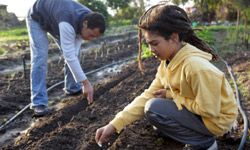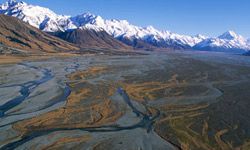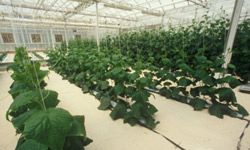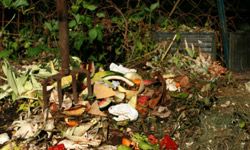No matter how green your thumb is, you're likely to have trouble growing plants if you don't have the right conditions. One of the biggest culprits behind failing plants are the types of soil being used.
The wrong soil can wreak havoc on plants and may prevent them from getting the moisture, nutrients and sunlight they need to thrive. What makes gardening difficult is that there are so many different types of soil to choose from, and it can be hard to know which will work best with certain plants.
Advertisement
Before you choose soil for your garden, it can help to understand how different types are identified. Classification is often based on the texture and size of the particles that make up the soil, as well as on the mineral and nutrient content of each type. While the majority of soils are made up of clay, silt and sand, the ratio of these materials can greatly impact the properties of the soil, as well as its ability to support plant life.
Soils can also be identified based on their level of acidity, which is measured on a scale from 1 to 14, known as the pH scale. Lower numbers on this scale are linked to higher levels of acidity, while higher numbers mean the soil is more alkaline. Though most plants thrive when acidity measures between 6.0 and 7.0, most types of soil have an average pH of 5 [source: Almanac].
Of course, the type of soil in your yard is also determined by factors such as rainfall and organic material content. By adjusting things like moisture retention, pH and mineral distribution, you can transform your existing soil to create a more hospitable environment for the type of plants you want to grow.





